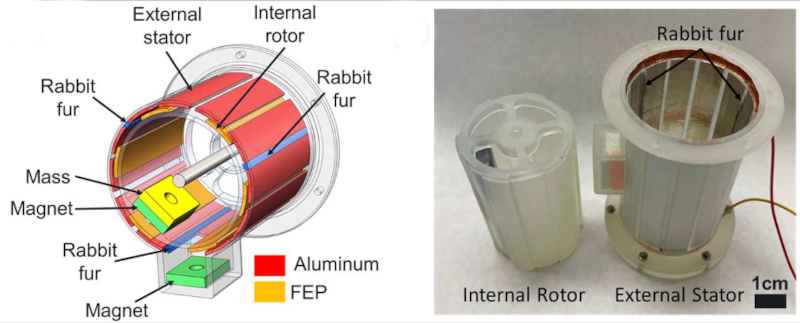
Water is heavy, so if you think about it, a moving ocean wave has quite a bit of energy. Scientists have a new way to use triboelectric generators to harvest that power for oceangoing systems. (PDF) Triboelectric nanogenerators (TENGs) are nothing new, but this new approach allows for operation where the waves have lower amplitude and frequency, making traditional systems useless.
The new approach uses a rotor and a stator, along with some aluminum, magnets, and — no kidding — rabbit fur. The stator is 3D printed in resin. The idea is to mechanically accumulate and amplify small low-frequency waves into high-frequency motion suitable for triboelectric generation.
The paper has a lot of information about modeling both waves and how triboelectric generators work. Part of the construction will be familiar to people working with resin 3D printers: FEP film, which serves as the insulating part of the generator.
The paper discusses a demonstration of using the generator to power an acoustic transmitter. The generator charges a capacitor, and when there is sufficient charging, the system uses it to send data acoustically.
If you think using FEP film in a triboelectric generator is odd, try Scotch tape. In fact, we’ve seen it done more than once.
Improving Ocean Power with Static Electricity
Source: Manila Flash Report
0 Comments